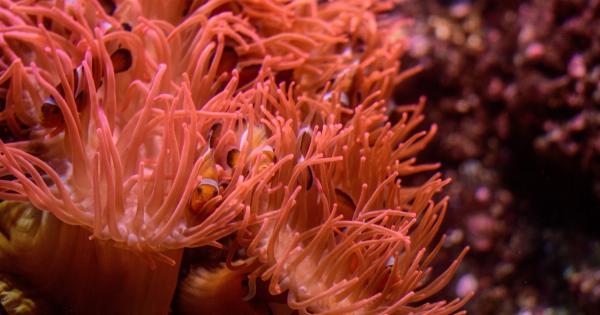When you buy chicken from the supermarket or order it at a restaurant, you may have noticed thin white lines appearing on the meat. These lines, commonly referred to as white striping, can be seen on the breast, thighs, and other parts of the chicken.
While these white lines may not affect the taste of the meat, many people wonder whether they are good or bad for consumption. In this article, we will delve into the topic of white lines in chicken and explore their implications in terms of quality and health.
Understanding White Striping
White striping is a condition that affects the texture and appearance of chicken meat. The white lines that appear on the chicken are actually pieces of fat that have been deposited within the muscle tissue.
These fat deposits can give the meat a marbled appearance, similar to the way fat runs through a steak. White striping is more commonly observed in larger, fast-growing chickens, which are typically bred for commercial purposes.
1. Causes of White Striping
Several factors contribute to the development of white striping in chicken:.
a) Genetic Factors:.
White striping is believed to have a genetic component. It is more prevalent in chickens that have been genetically manipulated to enhance their growth rate.
Rapid growth and increased muscle mass can lead to an imbalance between fat and muscle deposition, resulting in the formation of white stripes.
b) Diet and Nutrition:.
The diet of chickens also plays a role in the development of white striping. A high-energy diet, often rich in fats or carbohydrates, can contribute to fat deposition within the muscle tissue.
2. Quality Implications
Many consumers associate white striping with lower quality chicken. The presence of white lines can affect the texture of the meat, making it tougher and less tender.
Additionally, the fat deposits within the muscle tissue can cause the chicken to become dry when cooked. However, it is important to note that white striping does not indicate that the chicken is unsafe to eat or will cause any immediate health issues.
From a visual standpoint, white striping can impact the appearance of chicken meat. The marbled appearance may not be as appealing to some consumers, especially those who prefer leaner cuts of meat.
3. Health Considerations
While white striping may alter the texture and appearance of chicken, there is currently no evidence to suggest that it has any significant impact on the nutritional value or safety of the meat.
Consuming chicken with white striping is generally considered safe and does not pose any known health risks.
However, it is worth noting that chickens that exhibit white striping may have been raised in conditions that prioritize rapid growth and high feed efficiency.
These conditions can sometimes lead to other health concerns, such as increased antibiotic use or a higher incidence of muscle diseases. Therefore, it is advisable to choose chicken from reputable sources that prioritize animal welfare and sustainable farming practices.
4. Consumer Preferences
Consumer preferences play a significant role in determining the acceptability of white striping.
While some individuals may not mind the presence of white lines and are primarily concerned with taste and price, others may prefer to avoid chicken displaying this condition.
Full transparency and clear labeling can empower consumers to make informed choices.
Companies that prioritize transparency and provide accurate information about the sourcing and processing of their chicken products can cater to a wider range of consumer preferences.
5. Minimizing White Striping
Poultry producers are continuously working towards minimizing white striping through various measures:.
a) Genetic Selection:.
Selective breeding programs can help reduce the occurrence of white striping by focusing on genetics that promote a healthier and more balanced muscle-to-fat ratio in chickens.
b) Nutritional Adjustments:.
Optimizing the diet and nutrition of chickens plays a crucial role in minimizing white striping. Balancing the energy content and nutrient composition of chicken feed can help prevent excessive fat deposition.
c) Animal Welfare and Environmental Enrichment:.
Providing chickens with adequate space and access to natural light and environmental enrichment can contribute to healthier growth and reduce the prevalence of white striping.
6. Conclusion
White striping in chicken is a condition that affects the appearance and texture of the meat. While it may not impact the safety or nutritional value of the chicken, many consumers associate it with lower quality.
Poultry producers are actively taking measures to minimize white striping through genetic selection and nutritional adjustments. Consumer preferences and the availability of transparent information play a crucial role in driving such changes in the industry.
Ultimately, choosing chicken from reputable sources that prioritize animal welfare and sustainable farming practices is important for both taste and quality.































